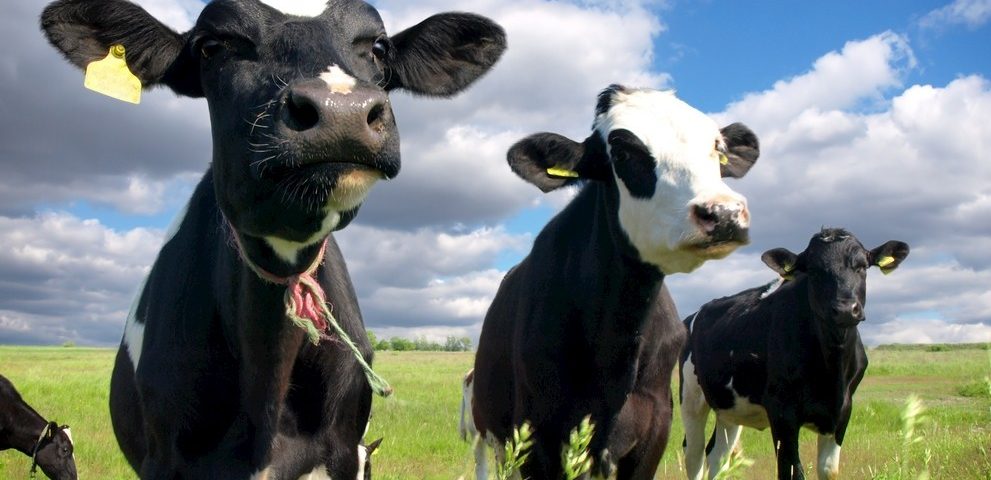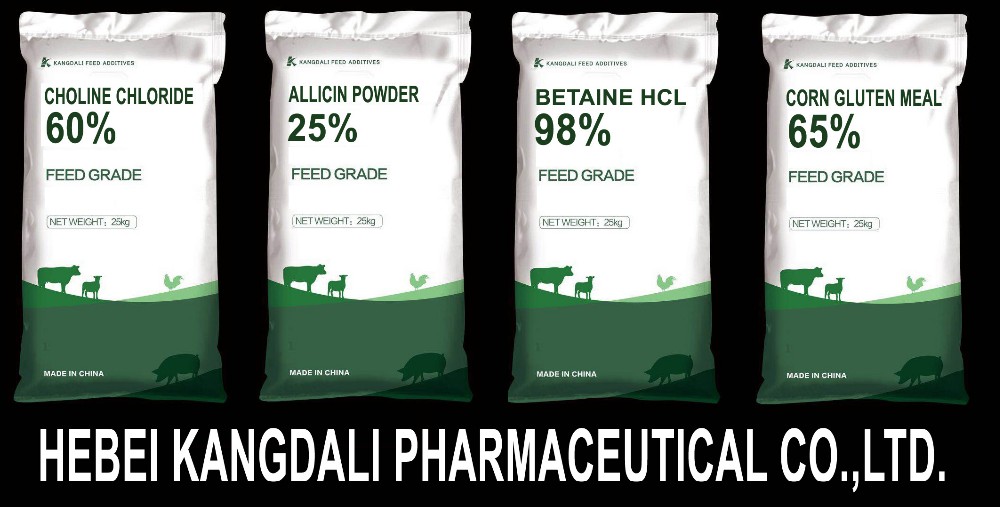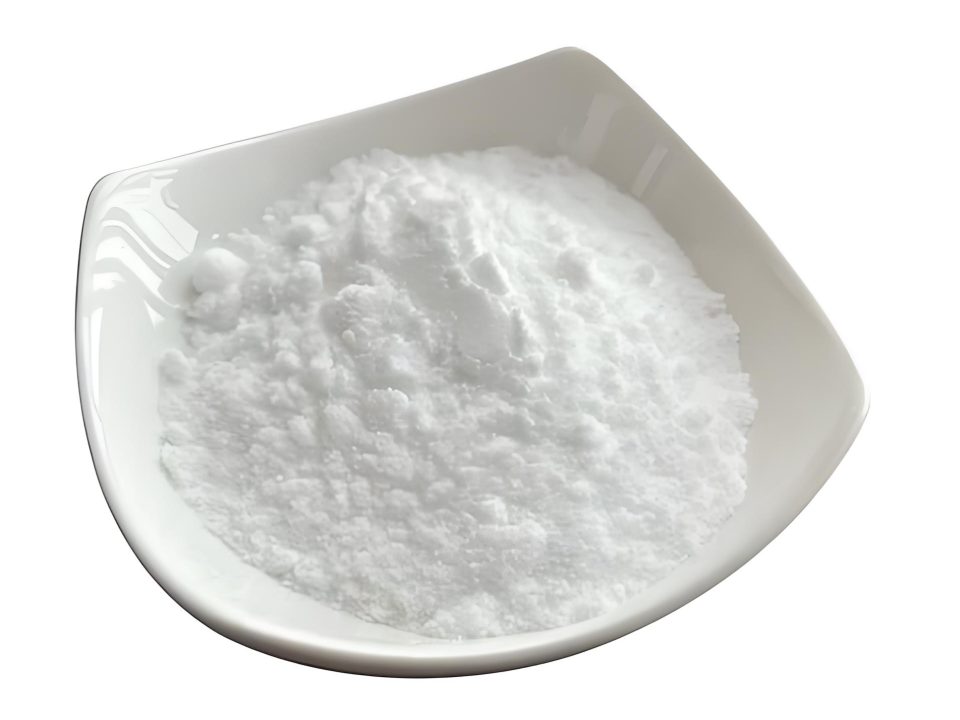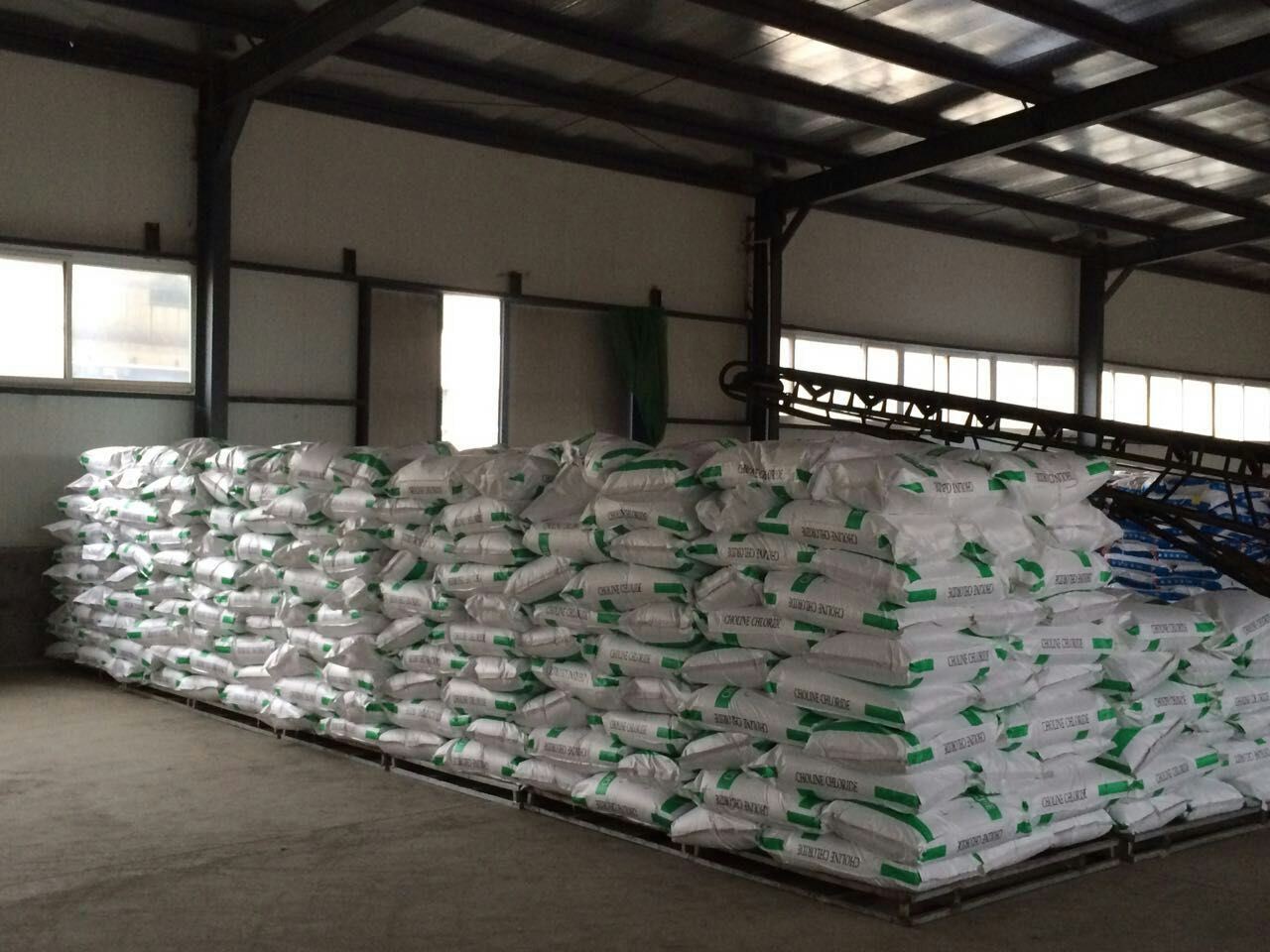Part 4. Choline Chloride : A Limiting Nutrient for farm animals.

Part 3. Choline Chloride : A Limiting Nutrient for farm animals.
July 7, 2022
What is the difference between DCP and MCP for animals
July 7, 2022Five feeding trials have been conducted to examine the effects of feeding methionine analogs or protected methionine on liver fat content. Feeding 13 g/d of 2-
hydroxy-4-(methylthio)-butanoic acid (HMB; also referred to methionine-hyrdoxyanalog or MHA) did not reduce triglyceride accumulation in the liver of feed restricted
dry cows (Bertics and Grummer1999). Feeding 0, .13, .20% of dry matter as HMB from 21 days prepartum to 84 days postpartum did not affect liver triglyceride at 1 day
postpartum and resulted in a tendency (P < 0.15) for a quadratic increase in liver triglyceride at 21 day postpartum (Piepenbrink et al., 2004). They also observed a
quadratic effect of HMB for increased fat-corrected milk yield providing further indication that the cows were responsive to treatment. The amount of HMB absorbed from the gastro-intestinal tract and converted to methionine by the liver has not been well established.
Cows fed 0 or 10.5 g methionine/day as Smartamine from 14 days precalving to 105 days postcalving had similar liver total lipid postcalving (Socha, 1994). Liver triglyceride
was not measured. Milk protein percentage was increased by treatment indicating that supplementation delivered more methionine to the blood stream. Feeding 9 g
Mepron/day precalving and 18 g Mepron/day postcalving increased liver triglyceride (P=0.02) but the means from 4 liver biopsies taken over 16 weeks were small and the
increase was small (Preynat et al., 2010). Milk protein percentage was increased by feeding Mepron which indicated an improved methionine status. Feeding MetaSmart
(.18% of DM) or Smartamine (.07% of DM) from 21 days prepartum until 20 days postpartum did not affect total lipid and triglyceride concentrations in the liver (Osorio et
al., 2001). The researchers indicated that the slope of liver total lipid between day 7 and 21 postpartum was different (P < 0.04) for cows fed MetaSmart and Smartamine
implying that methionine prevented increased lipid accumulation during that time. The justification for this method of analyzing the data was not obvious because the
researchers did not indicate that there was a significant time of sampling by treatment interaction. Dry matter intake, milk yield, and fat percentage were increased by
methionine supplementation indicating that methionine status was improved (Osorio et al., 2011b). Further examination of the data must wait until a full length report becomes
available in a peer-reviewed publication. Considering the five studies conducted to date, there is insufficient evidence to suggest that feeding methionine analogs or
protected methionine can replace protected choline for the prevention of fatty liver.
CONCLUSIONS
The time between NRC publications is increasing and when (or if) the next publication will occur is not known. Consequently, discussions outlined in this article
become important for providing nutritionists with updates regarding nutrient requirements. Since the last NRC (2001) publication, a significant body of evidence has
accumulated to support choline being a required but limiting nutrient in transition cow diets. An analogous situation occurred when the last NRC (2001) committee included a
supplemental vitamin E recommendation to improve mammary health and reproduction.
The recommendation was made despite the lack of titration trials, knowing the amount of vitamin E in the basal diet would seldom be known, and realizing there could be
numerous interactions with other antioxidants. Similarly, our knowledge of availability of choline from rumen-protected sources is incomplete as is our knowledge of interactions
between choline and other nutrients involved with one-carbon metabolism.
Nevertheless, there is overwhelming evidence that feeding transition dairy cows 15 g choline/day in a form that is protected from ruminal degradation will alleviate choline’s
classic deficiency symptom and lead to improvements in health and performance.
Related posts
CHOLINE CHLORIDE is a basic constituent of lecithin that is found in many plants and animal organs. It is important as a precursor of acetylcholine, as a methyl donor in various metabolic processes, and in lipid metabolism. PubChem CID: 6209 Chemical Names: CHOLINE CHLORIDE; 67-4... Molecular Formula: C5H14NO.Cl or C5H14Cl... Molecular Weight: 139.623 g/mol






